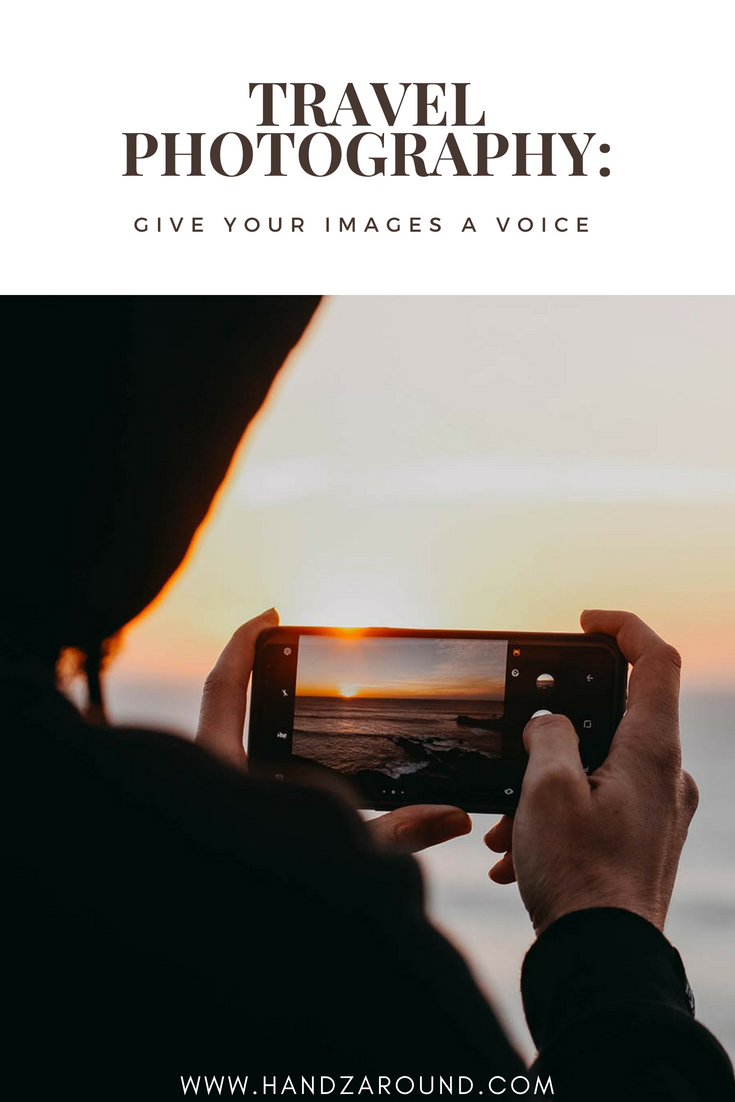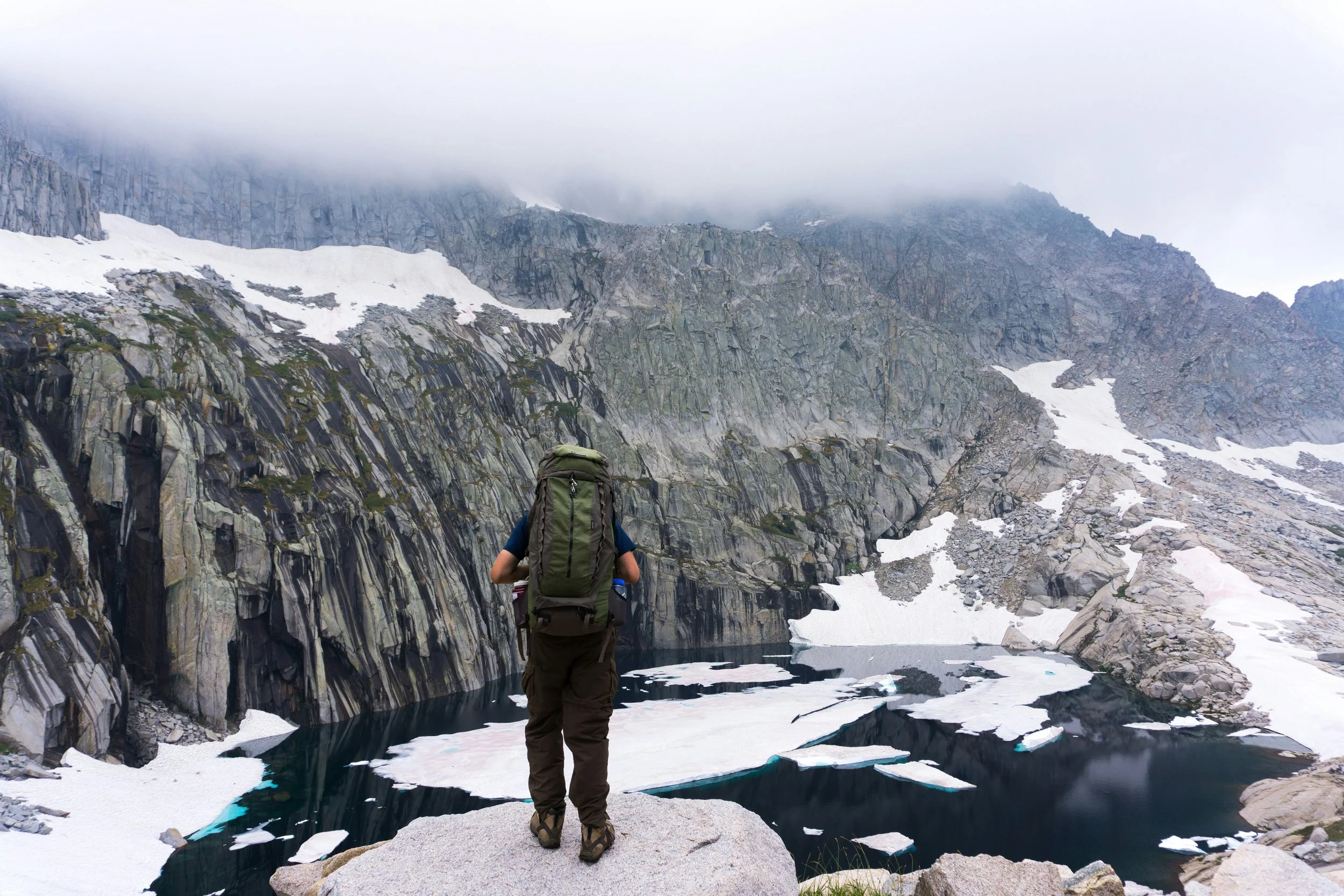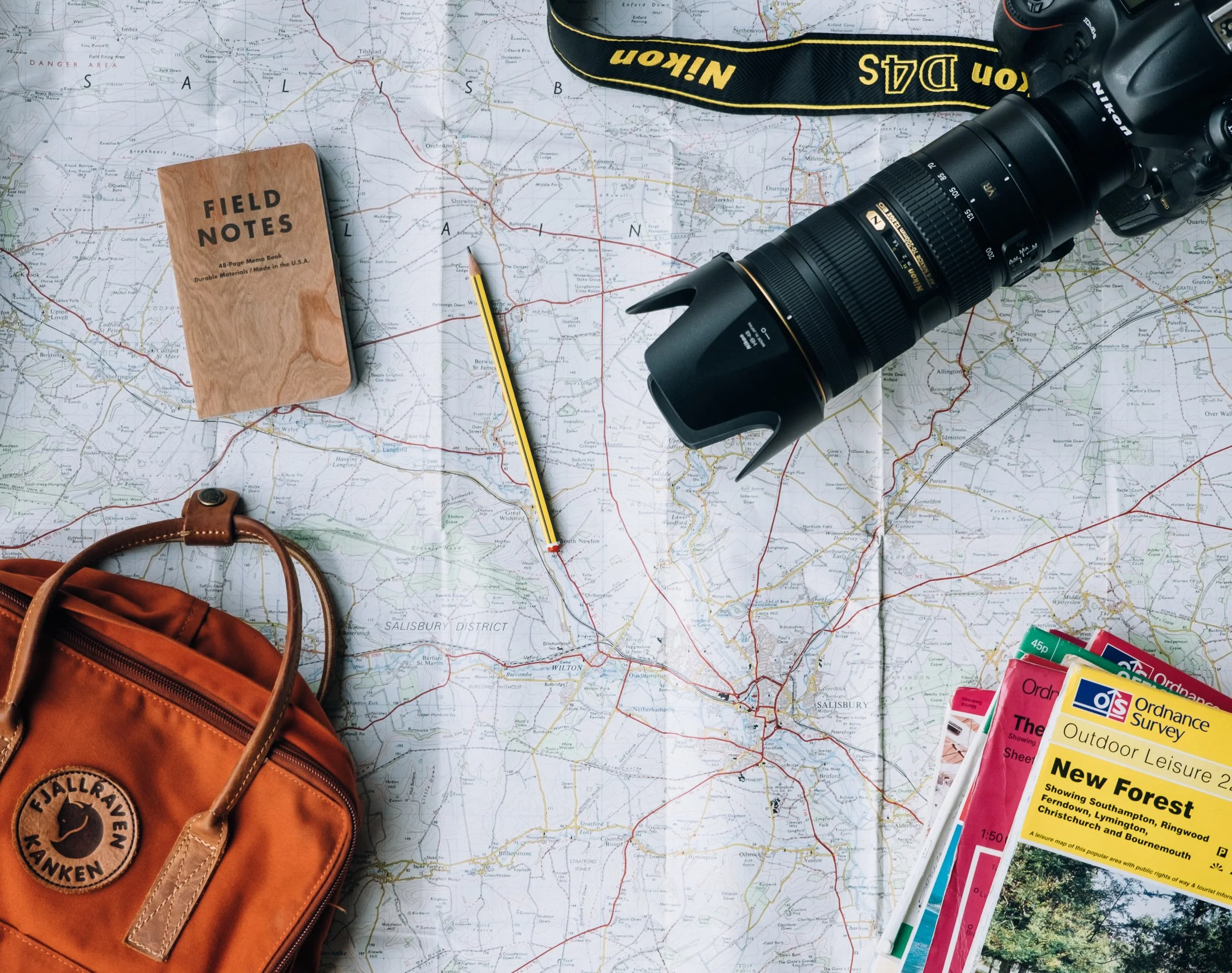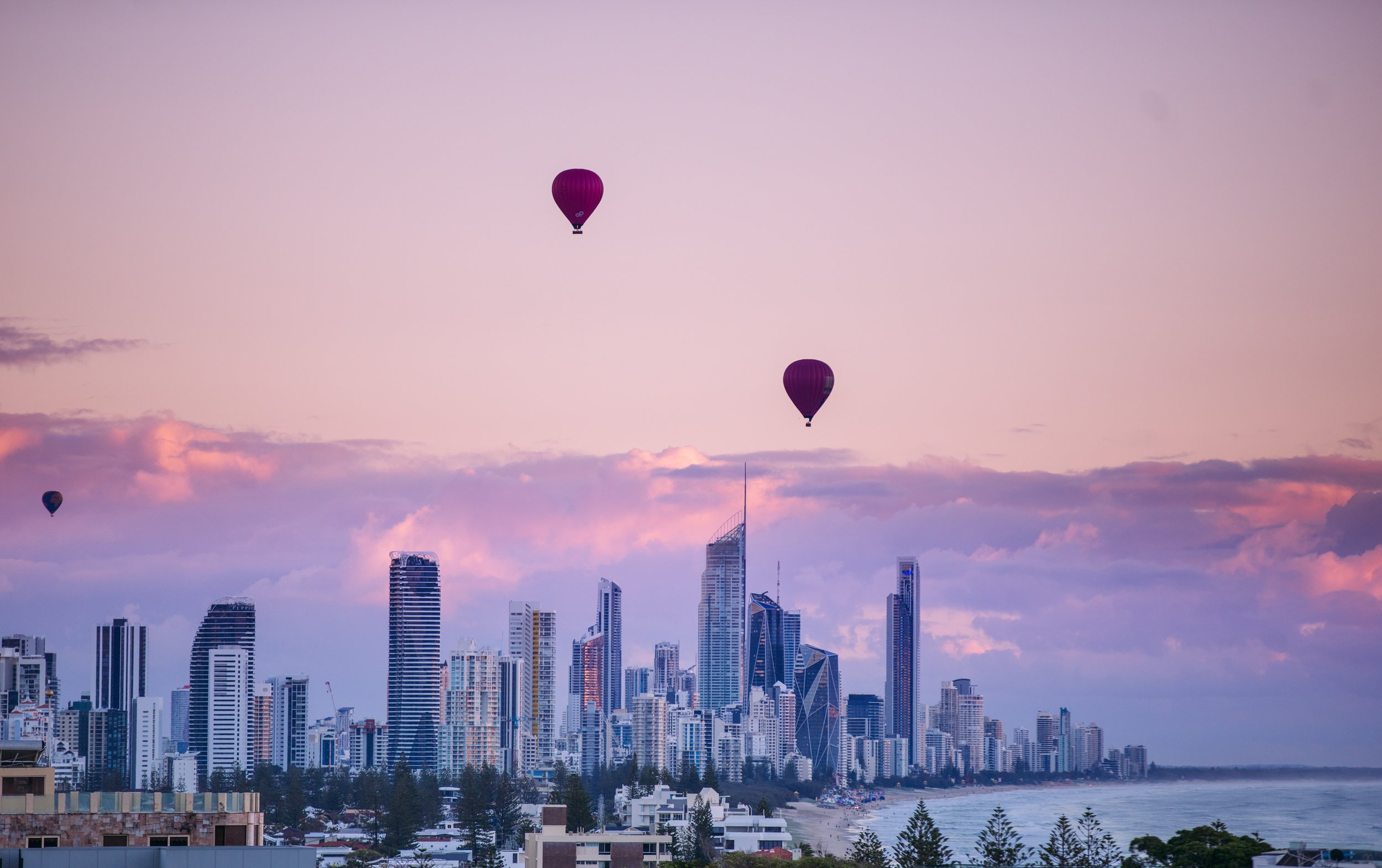We’ve all seen street photography that’s not particularly memorable. There are images, however, that can literally sock us in the gut. We look at them and feel something. We’re moved. Maybe the image even stays with us for days and/or impacts how we think about things. So the question is, how to make our own street and travel photography the kind that has that kind of impact. The answer lies not in the gear we use, but more about our eyes, heart, and learning how to recognise a scene that tells a story.
Of course, landing a stunner of an image is challenging at best, but telling a story through your images, street or otherwise, is the single most powerful way to elicit feelings in your viewers. Add that to travel photography and you potentially end up providing the viewer with more understanding, insight, and empathy for other cultures. This is where the heart of great photography truly lies. Of course, there’s plenty of debate as to whether it’s the photographer who captures the story or the viewer who creates it, but in the end it doesn’t really matter. If there’s impact—however—subtle, the photo was a success.
Start Simple
Start with a single detail or character that stands out from everything else, something that catches the eye. It’s from this detail that the viewer will start to sense the story in the image. Trying to capture everything at once will both look chaotic and be hard to follow. Strong images, on the other hand, will have a clear, central theme with little to distract the viewer.
Photo by Fabrice Villard
Get Close and Pick a Side
Strong photos need both focus and framing. The more you can choose your focus and framing, the more creative control you have overall. Getting close and choosing which side you’ll photograph the subject from will force you to make conscious decisions about composition, framing, and what story you’re trying to tell.
Photo by Farrel Nobel
Catch the Narrative
Narratives occur when there’s a suggestion of time flow in your photo. Some suggestion of what might have happened before the photo was shot and/or what might happen next. This means that choosing what you keep in the frame and what you exclude are both vitally important.
Photo by Samson Vowles
Look for Relationships and Juxtapositions
Relationships are some of the most compelling human subjects available to us. Our minds love being able to discern connections and interesting juxtapositions. These can be either between the subjects or between the subject and their surroundings. Adding this to your photography will add both context and depth to the image, as well as add to the story.
Photo by Andreas Gücklhorn
Talk to People
Not all street photography has to be about blending in so well that the subjects don’t know you’re there and you can catch them acting naturally. Another and often more rewarding option is to socialise with the people you’re wanting to photograph. Spend enough time with them that they become used to your presence, that they resume doing what they would otherwise naturally be doing. This will allow you to land those candid images, but respectfully, with full permission. It leaves the voyeuristic element behind. In addition, other doors may open up for you. Perhaps you get invited to dinner or taken to see fantastic sights that only the locals know about. Or maybe you simply just make some new friends.
Photo by Zoe Chen
The Magic Ingredient: Empathy
Really being able to connect with your subject and what they might be feeling is at the heart of good photography. It moves the scene from merely “interesting” to something moving when you can sense the emotion in it and try to capture it. It’s also important to remember that people are not tourist attractions. Show care and compassion both in how you approach people and how you approach the stories you’re telling. As a photographer in a foreign land, you have the opportunity to tell nuanced stories that go beyond mere stereotypes. Listen to people’s stories. Spend quality time with them, whether it’s five minutes or an hour. And avoid taking photos of people in degrading situations or shooting in ways that take away human dignity.
Photo by Cristina Gottardi
Of course, it’s not easy to land stunning photos all the time, but shooting with story in mind will definitely make a huge difference in how your images land. It will also elevate your travel photography beyond the merely documentary. And like all good photography, it takes a lot of practice to see the story in how the shot will come out and to transfer the feelings of the moment to the image. But with time, you’ll master it and your images will more and more consistently more your viewers.
This is a guest post written by Max Therry.
Max is 'an architect who would rather be a full-time photographer.' You can read more about him and check out more of photography related articles on Photo Geeky.
Header image by Anna Utochkina.












































